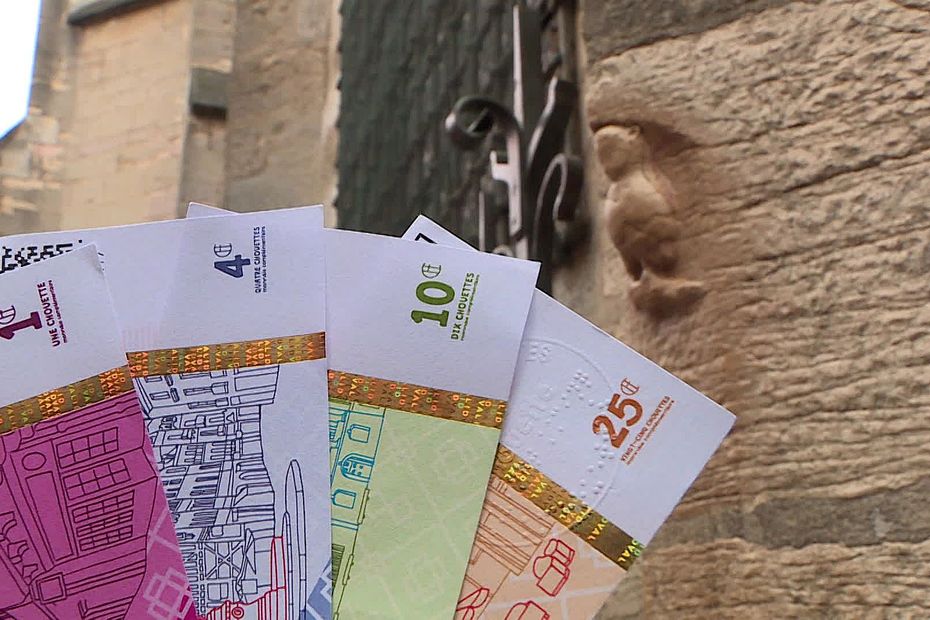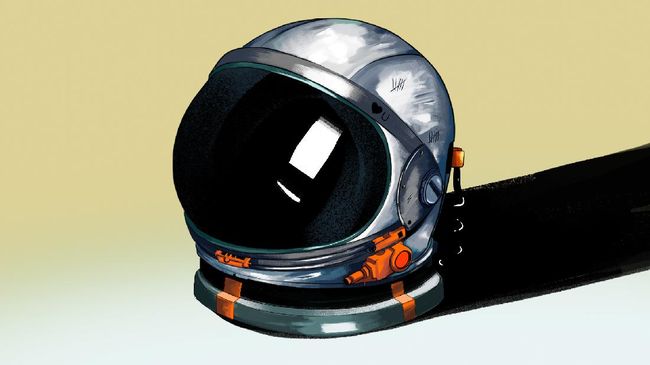It is one of the 82 local currencies issued in France. La Chouette has been circulating in the Dijon conurbation for a year.
It is the youngest that entered circulation in Bourgogne-Franche-Comté. Since a year, The Owl coin from Dijon has joined the Pive from Besançon, the Br’ain in the Jura or the Cagnole in Auxerre.
The Chouette is a local currency which is not intended to dethrone the euro. It is intended to be complementary to the European currency in the Dijon living area, by making it possible to pay for purchases with professionals who accept this currency.
It comes in the form of tickets. There are 4 denominations: 1, 4, 10 and 25 Owls. The bird symbol of Dijon adorns it on one side, famous monuments of the city decorate the back. The exchange rate is simple and fixed: 1 Owl equals 1 euro.
To have some in your wallet, you need to join the association that launched this initiative. It is with her that you can convert euros into Owls. Volunteers regularly run currency exchange counters at merchants who take this regulation.
–
Pierre Lerouge pays 50 to 60% of his food purchases in Chouettes. It therefore supports merchants who accept these cuts by consuming at home, rather than in large stores.
This resident of Talant thus promotes short circuits and gives a boost to the local economy. “We don’t want the money to stir, to cause monetary fluctuations. We try to protect the environment and we save our jobs here“, explains Pierre Lerouge.
Indeed, it is impossible to save Owls or to speculate on its course which is immutable. The only vocation of a local currency is to circulate and therefore to irrigate the economic fabric of the area.
For members of La Chouette, it is a way of reinjecting ethics into the monetary field, at a time when the economy is increasingly financialised, ever more globalized and money is becoming increasingly more virtual. These people advocate a return to cash.
“We are starting to be completely dependent on banks with contactless or smartphone payment. These technologies come into our lives. However, I am someone who wants freedom. I don’t want people to follow me, to know what I’m doing, that’s why I’m in the local currency“, adds Jacques-Yves Carton, another member of the Chouette.
It has been possible to create a local currency in France since July 2014. An article of the Hamon law on the social and solidarity economy opened up this possibility while experiments had begun to emerge here and there since 2010.
In addition to the fixed exchange rate – one for one -, the law imposes that a local currency circulates on a restricted territory, a municipality or a community of municipalities.
Another obligation, the equivalent in euros of what circulates in the city must be deposited in a guarantee fund which is managed by the partner bank. It’s a shield for bearers if by chance the currency disappeared. They could then be reimbursed.
Most local currencies choose to put this blocked money at the navea banking cooperative that only finances projects with a strong ecological, social and solidarity dimension.
–
After five years of development and work by a handful of volunteers, the first Chouettes were able to pass from hand to hand in March 2021. A year later, the beginnings have remained modest.
140 individuals have joined the concept. About twenty traders or professionals accept these denominations. 11,000 Chouettes were issued, the equivalent of 11,000 euros.
Julie Collin is one of them. She runs a bulk grocery store, not far from Place de la République, which receives an average of five customers a week using the local Dijon currency. It’s still not much, but it’s already enough to have built up cash that is sleeping in its cash box, Owls that it has not yet managed to sell.
“The idea is to have a continuous chain and that there is never a dead end. But today since it’s the beginning, I can’t yet pay local suppliers with Chouettes. There are none yet“, specifies the trader.
In France, 82 local currencies have emerged over the past ten years with varying success. The most resounding success remains Eusko, which was created in 2013 in the Bayonne region. It is carried, it is true, by a strong regional identity.
Result in this corner of the Basque country, 4,000 people use these tickets with 1,200 professionals. After a long legal battle with the State, this local currency was accepted by 33 town halls to pay for the children’s canteen or the entrance to the municipal swimming pool, for example. Three million Euskos circulate.
To find out more, see the report by M. Barate, T. Pfeiffer and R. Augier.
–



